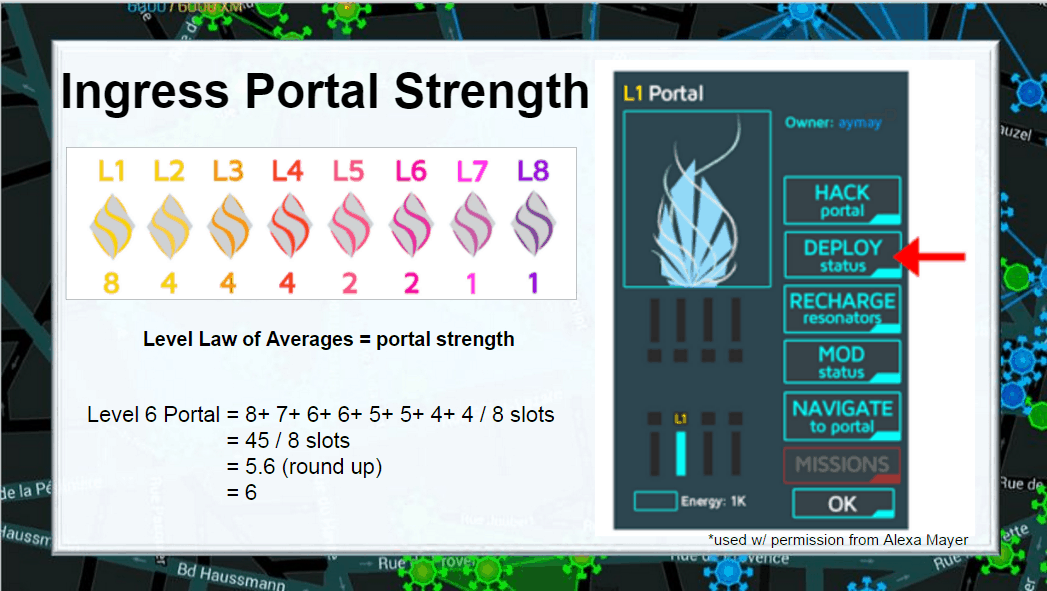Pokémon GO: Can a Game Change the Reality of Education?

By Cori Coburn-Shiflett
Everyone is talking about Pokémon GO, the new augmented reality game where you play on your smartphone while traveling in the real world. The game uses your phone’s GPS to detect your location on the in-game map and decide which Pokémon (a.k.a. Pocket Monster) will appear around you to catch. For example, players might find a grass-type Pokémon in a location that is a park versus a water-type monster near a lake or pond.
This pop culture sensation has elevated interest in augmented reality (AR) use, especially for education. AR is the view of a real-world environment that appears to be altered by elements that are computer-generated sensory input such as sound, video, graphics or GPS data. Drawn to the novelty and newness of Pokémon Go, many conversations have quickly ignited about how to harness the excitement of new AR games for education. However, the reality is that that AR gaming utilized for educational purposes is NOT new.
AR In Education
 Pokémon Go is not the first AR game to take off. In the past three years, educators who were also Ingress gamers saw the potential of AR games in the classroom, and began to organize their ideas and create curriculum involving physical education, social studies, civics, language arts and math for the #IngressEDU movement.
Pokémon Go is not the first AR game to take off. In the past three years, educators who were also Ingress gamers saw the potential of AR games in the classroom, and began to organize their ideas and create curriculum involving physical education, social studies, civics, language arts and math for the #IngressEDU movement.
Ninantic Labs (a Google startup affiliate until September of 2015) released Ingress (an AR Science Fiction thriller game) back in 2013, and millions of players around the world continue to flock to this AR game. Pokémon Go was also created by Ninantic Labs, and uses the key playing areas in Ingress (called “portals”) to create the “PokéStops” in this new game. Because the key playing areas in Ingress are usually places of cultural significance like monuments, public art, churches and landmarks, Pokémon Go has the benefit of being played at these interesting locations as well.
AR In The Classroom
So there is the potential for players to learn more about somewhere new during game play. But in the case of Pokémon Go, many educators are still undecided about whether this game is a breath of fresh air or unsuitable for learning. If we all stop and think for a moment though, there really are some great learning opportunities to consider here.
Technology is a tool which enriches the learning experience, and is only limited by the creativity of the engaged. Educators have the opportunity to meet their students where their interests are, as has been done in the past concerning music, movies, art, crafts, non-digital games, comics and more. Educators who can facilitate the connection of student interest to gaining knowledge are a step closer to helping our youth become creators and not just consumers of digital content.
That said, there are challenges to consider when you invite this game into your classroom, including:
- Privacy Issues. There has been some concerns voiced around the amount of data the app creators are granted access to (UPDATE: Creators recently released a statement saying data permissions will be reduced to only basic profile data.) In addition, Pokémon Go does offer in-app purchases, but parents can disable these via the app’s permissions in settings.
- Battery and Data Usage. Another concern is over the amount of battery usage and mobile data that is required of devices when players travel in order to engage the game play. Many schools provide students with free wifi to accommodated mobile devices that are used in schools, but to play Pokémon Go users will have to constantly rely on their data plan resources as their GPS constantly tracks players around their community.
- Stranger Danger. The popularity of this game is drawing crowds to key playing areas called “PokéStops.” This creates instances of strangers converging in various locations for play. Sensational media outlets have already began to warn us that child predators and unsavory strangers might use this new phenomenon to prey upon the children who play Pokémon Go. However, I would argue that good common sense and adult guidance are a great first step to ensure young players stay safe. It is highly encouraged that young players travel chaperoned or in responsible groups, and adults should already be having serious conversations with children about traveling to unsafe locations and the importance of observing and being aware of your surroundings.
AR games will only become more pervasive as technology continues to evolve to satisfy the demand for a more immersive entertainment experience. As good stewards of digital citizenship and common-sense safety, we must prepare our youth to be safe and thoughtful as they blend technology with real word experiences.
#PokemonGoEdu is born, and we need more inspired educators to add it as a possible resource for engaging our youth. Real growth in learning will never be about the trend or the tool, but rather about the ability for educators to connect ideas, innovation and the interest of our learners.
For more, see:
- Equity in Digital Games
- #FETC | Moving Student Consumers to Creators of Digital Games
- Game Based Learning: Serious Educational Play
Cori Coburn-Shiflett is a Digital Learning Coach at Georgetown Independent School District near Austin, TX. Follow her on Twitter: @CoburnCori.
Stay in-the-know with all things EdTech and innovations in learning by signing up to receive the weekly Smart Update.







0 Comments
Leave a Comment
Your email address will not be published. All fields are required.